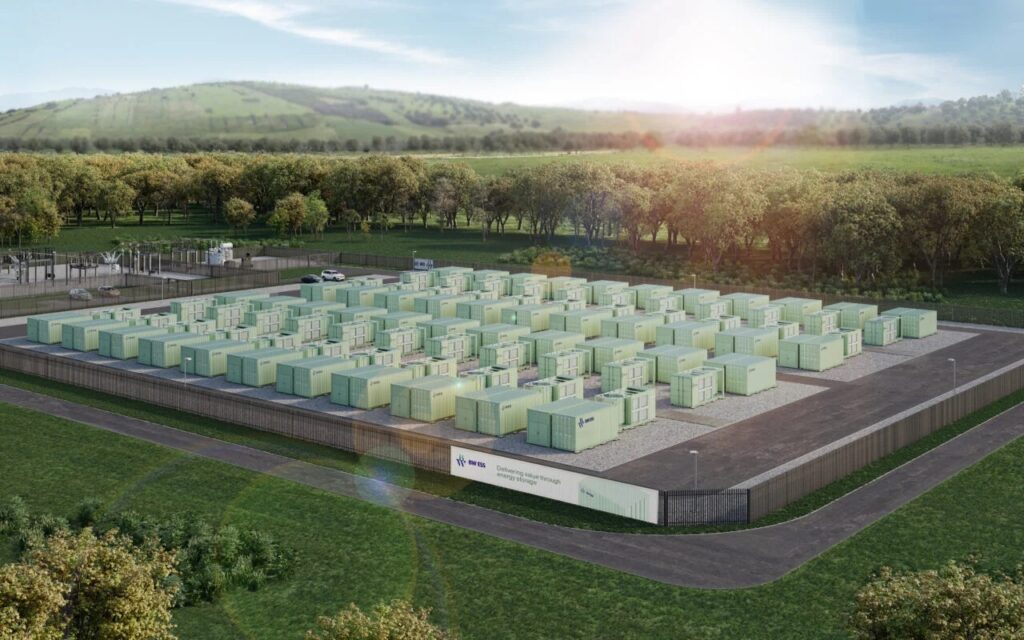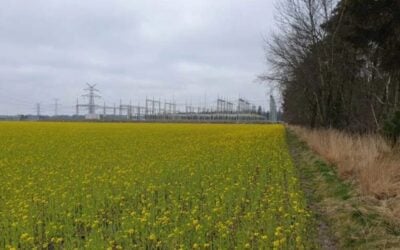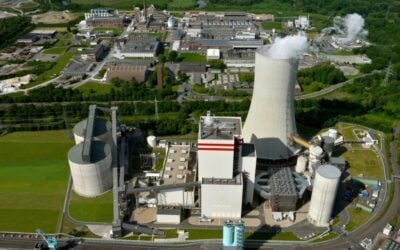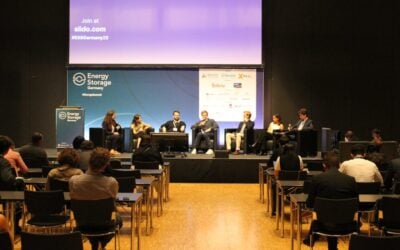
Energy storage developer-owner BW ESS has entered its fifth international market, partnering with developer MIRAI Power in Germany.
BW ESS, the energy storage development arm of shipping and energy infrastructure company BW Group, invests in battery energy storage system (BESS) developers and projects.
Enjoy 12 months of exclusive analysis
- Regular insight and analysis of the industry’s biggest developments
- In-depth interviews with the industry’s leading figures
- Annual digital subscription to the PV Tech Power journal
- Discounts on Solar Media’s portfolio of events, in-person and virtual
The company has been active in the UK, Sweden, Italy, and Australia so far, with around 1GWh of projects already under construction across those countries and a claimed 7GW pipeline in development.
However, earlier this week (11 February), it announced a joint development agreement with MIRAI Power for projects in southern Germany.
MIRAI Power, founded by managing directors Julian Gerstner—a former head of energy storage at developer Baywa r.e.—and Marco Frascati, formerly with Pacifico Energy Partners, claims to have its own 600MW development pipeline and aims to get more than 2GW of BESS projects in Europe to advanced development by early 2026.
The developer, headquartered in Munich, Germany, is involved in project development, engineering, procurement and construction (EPC) activities, financing and operations and maintenance (O&M).
Managing director Frascati said that southern Germany is “a region with huge energy storage development potential,” while BW ESS executive director Roberto Jimenez commented that the two joint development partners share a “commitment to unlocking the value of storage.”
BW ESS’s other developer partners include Ingrid Capacity through which a 211MW portfolio in Sweden went into full operation in Q3 of last year, and ACL Energy, with which BW ESS is developing a 2.9GW pipeline of projects in Italy.
In an interview with ESN Premium last year, BW ESS CEO Erik Stromso discussed the company’s business model and strategy, noting that “partnering with local developers is how you get local knowledge and expertise, and we also look for partners that want to keep skin in the game.”
“There is no better due diligence you can do on a project than finding a developer that wants to keep equity in it,” Stromso said.
German grid-scale market resurgence
Unlike its counterparts in most of the rest of Europe and Northern America, the German energy storage market has in recent years been dominated in terms of deployment by residential and distributed battery storage.
For instance, in 2023, around 7GW of a total 10GW installed in Germany throughout the year according to research by LCP Delta was residential-scale, while in the same year, around 80% of the US’s cumulative installs were at grid-scale.
The utility-scale or grid-scale market has, however, been forecast to see a resurgence for some time, with some sources have said it is expected to overtake the UK—Europe’s current leader—within the next few years.
In 2022, we took a deep dive into the prospects for the grid-scale market to take off for our quarterly journal, PV Tech Power (Vol.32).
The country’s government introduced its first Electricity Storage Strategy in late 2023, and research commissioned by BESS system integrator Fluence around that time from consultancy Frontier Economics found that with a supportive policy framework in place, Germany’s cumulative installs could rise to 15GW/57GWh by 2030 and to 60GW/271GW by 2050.
Since than 2022 PV Tech Power article, BESS developer-operators including Gore Street Capital, Aquila Clean Energy, Nofar Energy, Eco Stor and Terralyr have all made their entry into the German market.
Further evidence of interest is clear from the recent launch of German battery storage asset revenue indexes from optimiser enspired, LCP Delta and Aurora Energy Research, which, like LCP Delta, is a consultancy.
Enspired released numbers for average and portfolio-level annualised Euro revenues per MW from April to December 2024 for the assets it bids in ancillary service and energy trading markets in Germany. It said peak revenues were €220,000 (US$227,000) per MW/year around June, tailing off to just under half that amount by the winter.
Meanwhile, much of Germany’s solar PV capacity is in the south, bringing an immediate driver for storage deployment to ease congestion on the electricity grid and manage peak demand.






